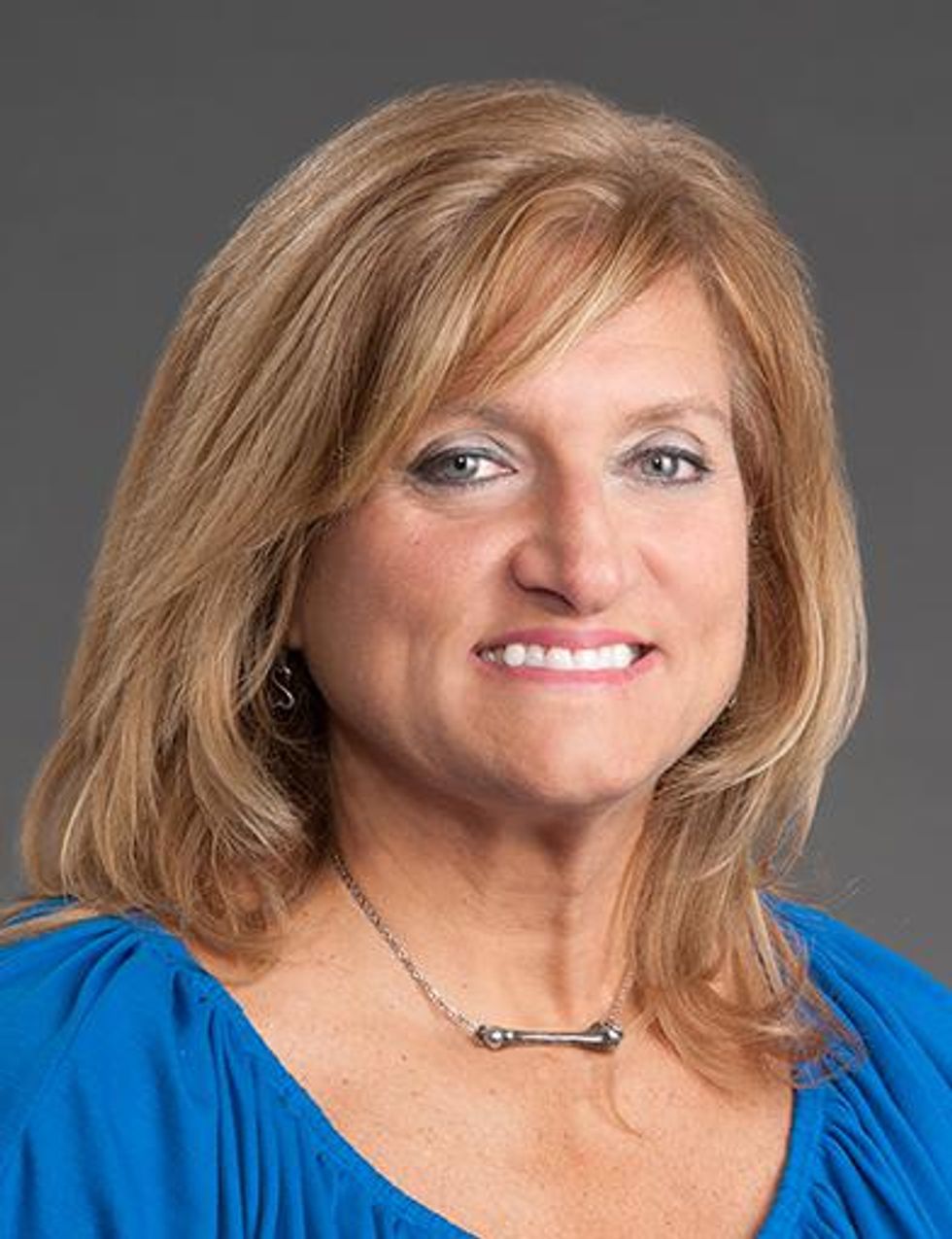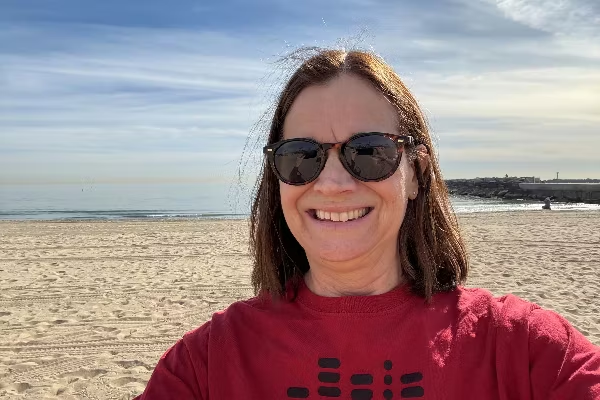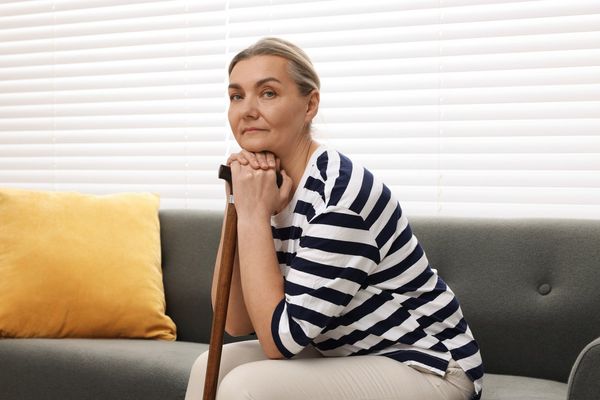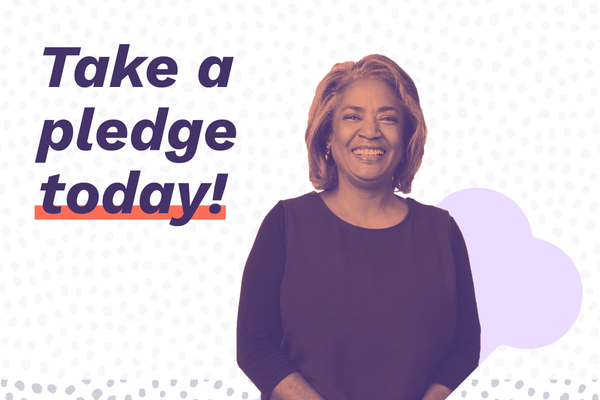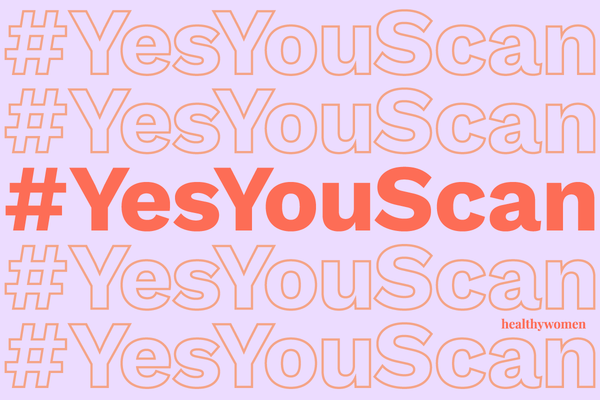By Anne Lake, DNP, ONP-C, FNP-C, CCD
Dr. Anne Lake is the Fracture Liaison Service Program Clinician and Coordinator for a nationally recognized Fracture Liaison Service at Wake Forest Baptist Medical Center in Winston-Salem, NC and a current board member of the North Carolina Osteoporosis Foundation. She is a published author and national speaker on osteoporosis and bone health.
As with so many things, when it comes to aging, what’s on the inside ultimately matters most. While aging isn’t a process that can be stopped, it can be slowed down – and we can do things to minimize risk for age-related health issues. Unfortunately, bone health all too often is lower on our list of age-related concerns – until there’s a problem.
Women often do not think osteoporosis will affect them until much later in life, and therefore may not take the necessary steps to understand and reduce their risk, get a bone density test or seek treatment.
There are many misconceptions or myths I hear perpetuated about osteoporosis, including:
- “I don’t need to worry about my bones or osteoporosis until I’m much older.”
- “There’s no way to build my bone back.”
- “Osteoporosis is just a sign of aging – there’s nothing I can really do about it.”
So, you may be surprised to learn that:
- It’s never too early to learn about and pay attention to your bone health.
- Healthy bone undergoes a constant remodeling process where old bone is broken down and new bone is formed to replace it. There are many options, from dietary and lifestyle adjustments to treatment options, that can help reduce risk of osteoporosis or related fractures.
I like to use the analogy of a bank account when talking to women about their bone health. If you went to check on your balance and a clerk told you that your funds are low but “fine for now,” would you be satisfied? Similarly, with bone health, it isn’t wise to go about life not knowing or fully understanding what’s in our “bone bank account.” You need concrete numbers and measurement and you need to know what they mean. You should not be satisfied with being told that your bone density is “low.”
Osteoporosis is characterized by diminished bone strength, which is made up of two key factors: bone density or thickness, and bone quality. Bone density estimates the thickness or mass of bones. It’s important to talk to your healthcare professional about having a bone mineral density (BMD) test. Imagine you felt a lump on your breast, you would likely push your healthcare provider to have a mammogram. If you are postmenopausal and have had a fracture, a family history of osteoporosis, or any of the additional risk factors—you should take your bone health seriously. If you feel you have a reason to be tested, talk with your healthcare provider and insurance company to get the help you need.
The test will reveal what is called a “T-score,” a specific number, which you can learn more about by clicking here. A number indicating low bone density doesn’t necessarily mean treatment for osteoporosis is needed – but, low bone density with a high risk for fracture should encourage you to discuss potential treatment with your healthcare provider. Those at highest risk for fracture include older women who have had multiple vertebral fractures or hip fractures, or who have very low T-scores. It’s very important to fully understand your T-score number. Ask your healthcare provider to explain terms about your T-score results (e.g., “high” or “low”) – make sure you learn your exact number and ask for an explanation about what it means for you, and what you can or should do about it.
Bone quality can change due to various elements, including age, medications, and certain medical conditions. Quality can’t be directly measured with a simple test, but science tells us that bone quality changes as we age. Osteoporosis is a chronic disease, and it’s something that happens inside the matrix of bone. Think about particle board compared to a piece of cedar wood. Which would you rather build a cabin with? You’d probably choose cedar because it’s stronger – and you’d be right. Similarly, with bones, we want to do things to help keep our bones sturdy to help reduce risk for osteoporosis and fractures.
It’s important to speak with your healthcare provider about what you can do to strengthen your bones based on your personal health history and status. Remember – it’s never too early to start thinking about your bones. Bone health matters when we are growing, when we’re young and active, and during periods of hormone development and change – essentially, we should be thinking about it throughout our lifetime. But it’s especially important when we enter the part of our life cycle that puts our bones most at risk – for women, that’s generally when menopause starts. Bone loss can happen more rapidly in the first years of menopause due to reduced levels of estrogen, the hormone that regulates the recycling of old bone and the building of new bone.
Osteoporosis isn’t curable, but it is treatable, and you can take steps that might help prevent it. Once you have osteoporosis, you have a higher risk for fracture. Your healthcare provider may want to order a BMD test to have as a baseline of your bone density at perimenopause. You don’t want to lose bone and not be aware of it happening – ultimately, that’s the biggest problem, as the silence of osteoporosis can cause it to creep up on you. Getting tested during perimenopause will show your baseline, so you can act and prepare accordingly.
Take your health personally – including bone health – and take ownership of it. Find a bone health expert or specialist in your area if you need one. I’ll share something I tell all of my patients: imagine I give you a toolbox, and inside that toolbox are all the tools that a discussion between you and your healthcare professional agreed you may need to maximize your bone strength. The more tools you use, the better. Some of these tools are:
- Weight-bearing and resistance exercise (that are safe and appropriate based on your individual situation) to strengthen bone
- Calcium and vitamin D or other supplementation based on specific recommendations from your healthcare provider
- Fall prevention strategies for both inside and out of your home
- Annual conversations with your primary care healthcare provider about bone health – including bone density testing when appropriate and taking medication if prescribed to help treat osteoporosis and reduce the risk of fractures in the future.
Remind yourself to regularly consider the tools in this toolbox, and ask yourself: are you doing well with your bone health, or can you do better? Your bones and your body deserve your best.
My wish for you is to stand tall and live strong.
This resource was created with support from Radius Health, Inc. DS-Osteo-US-01107.
- Osteoporosis Isn’t a Given - HealthyWomen ›
- My Family’s History With Osteoporosis Changed My Medical Career Path - HealthyWomen ›
- It Wasn’t Muscle Damage: It Was Four Fractures and Osteoporosis - HealthyWomen ›
- Clinically Speaking: Questions to Ask Your Healthcare Provider (HCP) About Osteoporosis - HealthyWomen ›
- The Osteoporosis and Depression Connection - HealthyWomen ›
- How to Prevent Osteoporosis - HealthyWomen ›

